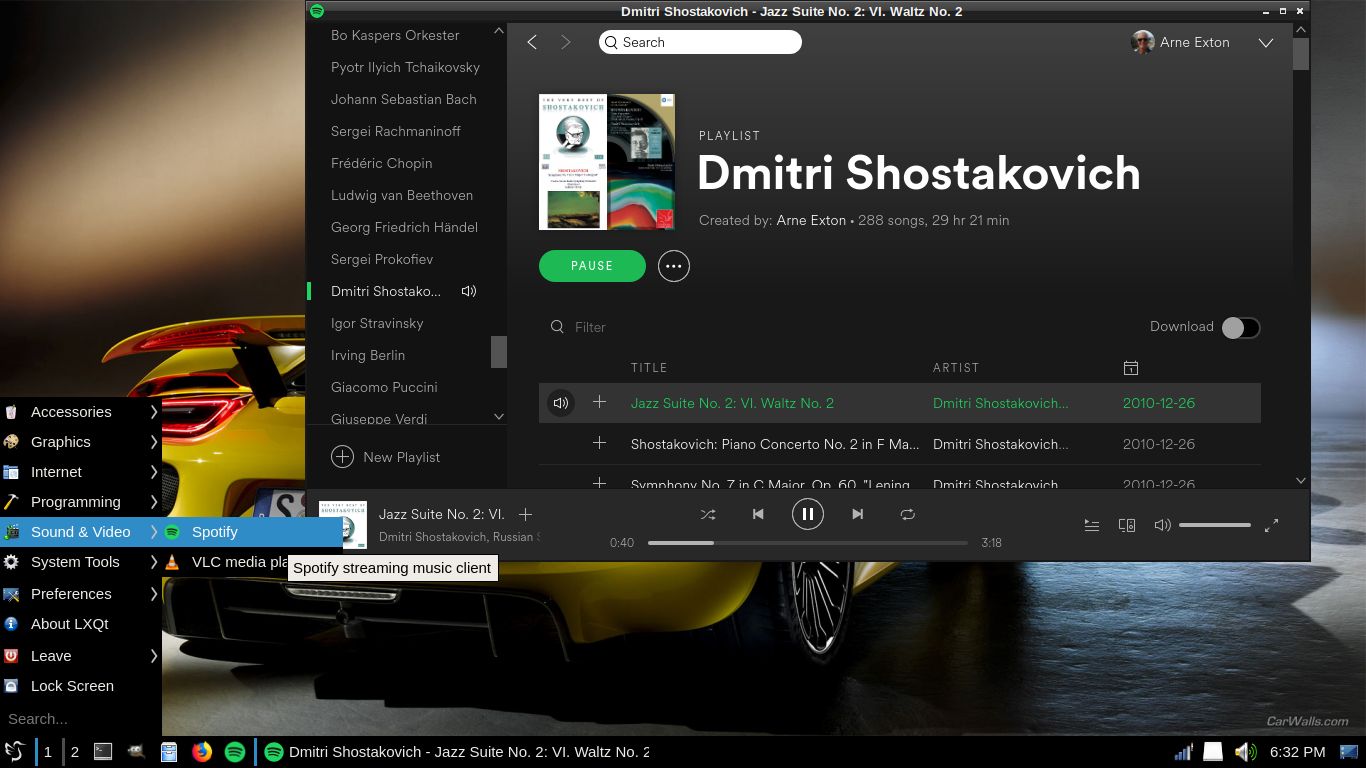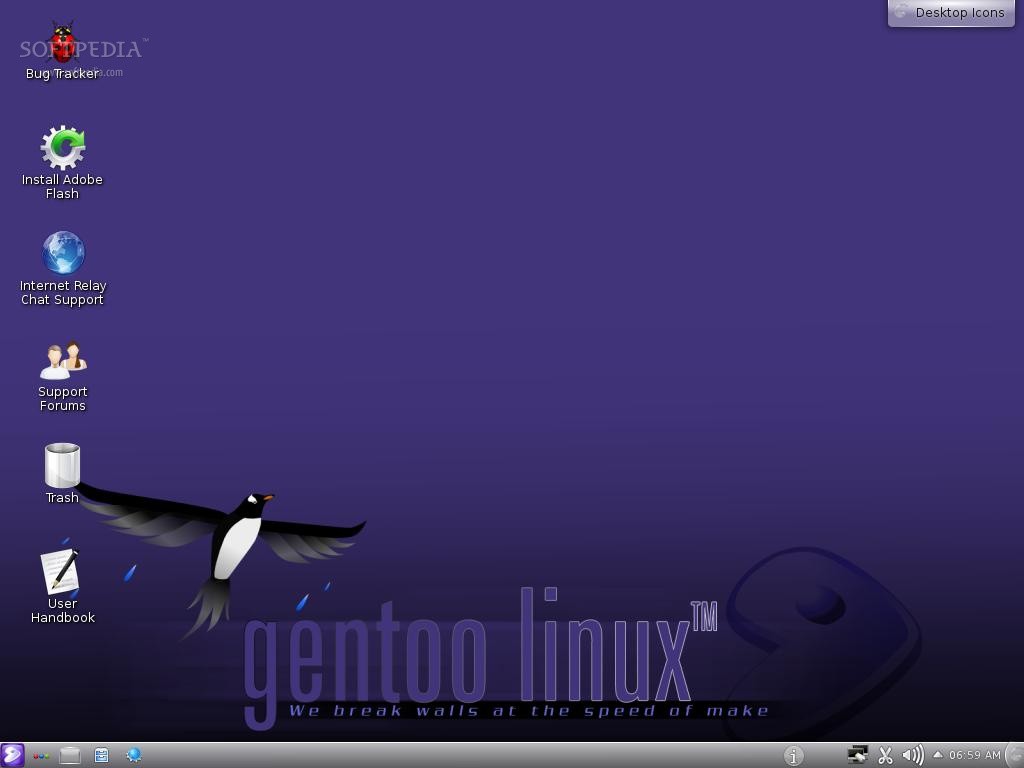Gentoo Linux Download Iso Torrent

Contents • • • • • • • • • • • • • • • • • • • • • • • • • • • • • • • • • • • • • • • • • • • • • • • • • • • • • • • • • • • • • • • • • • • • • • • • • • • • • • • • • • • • • • • • • • • • • • • • • • • • • • • • • • • • • • • • • • • • • • • • • • • • • • • • • • • • • • • • • • • • • • • • • • • • • • • • • • • • • • • • • • • • • • • • • • • • • • Introduction Welcome First of all, welcome to Gentoo! You are about to enter the world of choices and performance. Gentoo is all about choices. When installing Gentoo, this is made clear several times - users can choose how much they want to compile themselves, how to install Gentoo, what system logger to use, etc. Gentoo is a fast, modern meta-distribution with a clean and flexible design. It is built on an ecosystem of free software and does not hide what is beneath the hood from its users. Portage, the package maintenance system which Gentoo uses, is written in Python, meaning the user can easily view and modify the source code.
Gentoo Linux is available free over the Internet. Live environments and stage archives can be downloaded using the links below.
Gentoo's packaging system uses source code (although support for pre-compiled packages is included too) and configuring Gentoo happens through regular text files. In other words, openness everywhere. It is very important that everyone understands that choices are what makes Gentoo run. We try not to force users into anything they do not like.
If anyone believes otherwise, please it. How the installation is structured The Gentoo Installation can be seen as a 10-step procedure, corresponding to the next set of chapters. Each step results in a certain state: Step Result 1 The user is in a working environment ready to install Gentoo.
2 The Internet connection is ready to install Gentoo. 3 The hard disks are initialized to host the Gentoo installation. 4 The installation environment is prepared and the user is ready to chroot into the new environment. 5 Core packages, which are the same on all Gentoo installations, are installed.

6 The Linux kernel is installed. 7 The user will have configured most of the Gentoo system configuration files. 8 The necessary system tools are installed. 9 The proper boot loader has been installed and configured. 10 The freshly installed Gentoo Linux environment is ready to be explored. Whenever a certain choice is presented the handbook will try to explain the pros and cons of each choice.
Although the text then continues with a default choice (identified by 'Default: ' in the title), the other possibilities will be documented as well (marked by 'Alternative: ' in the title). Do not think that the default is what Gentoo recommends. It is however what Gentoo believes most users will use. Sometimes an optional step can be followed. Such steps are marked as 'Optional: ' and are therefore not needed to install Gentoo. However, some optional steps are dependent on a previously made decision.
The instructions will inform the reader when this happens, both when the decision is made, and right before the optional step is described. Installation options for Gentoo Gentoo can be installed in many different ways.
It can be downloaded and installed from official Gentoo installation media such as our CDs and DVDs. The installation media can be installed on a USB stick or accessed via a netbooted environment. Alternatively, Gentoo can be installed from non-official media such as an already installed distribution or a non-Gentoo bootable disk (such as Knoppix). This document covers the installation using official Gentoo Installation media or, in certain cases, netbooting. Note For help on the other installation approaches, including using non-Gentoo CDs, please read our. We also provide a document that might be useful to read as well. Troubles If a problem is found in the installation (or in the installation documentation), please visit our and check if the bug is known.
If not, please create a bug report for it so we can take care of it. Do not be afraid of the developers who are assigned to the bugs - they (generally) don't eat people.
Note though that, although this document is architecture-specific, it might contain references to other architectures as well. This is due to the fact that large parts of the Gentoo Handbook use installation source text that is shared for all architectures (to avoid duplication of efforts and starvation of development resources). We will try to keep this to a minimum to avoid confusion. 
- понедельник 18 марта
- 45